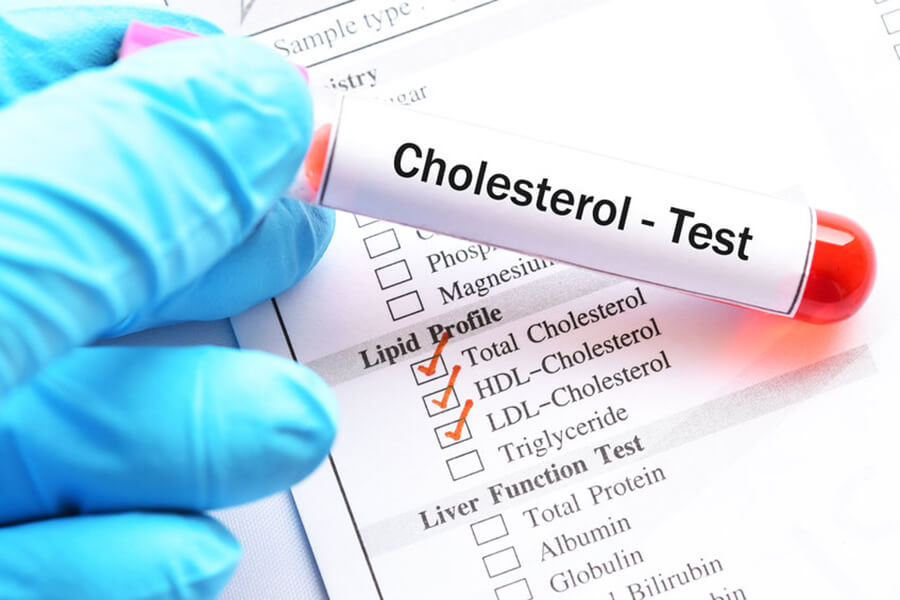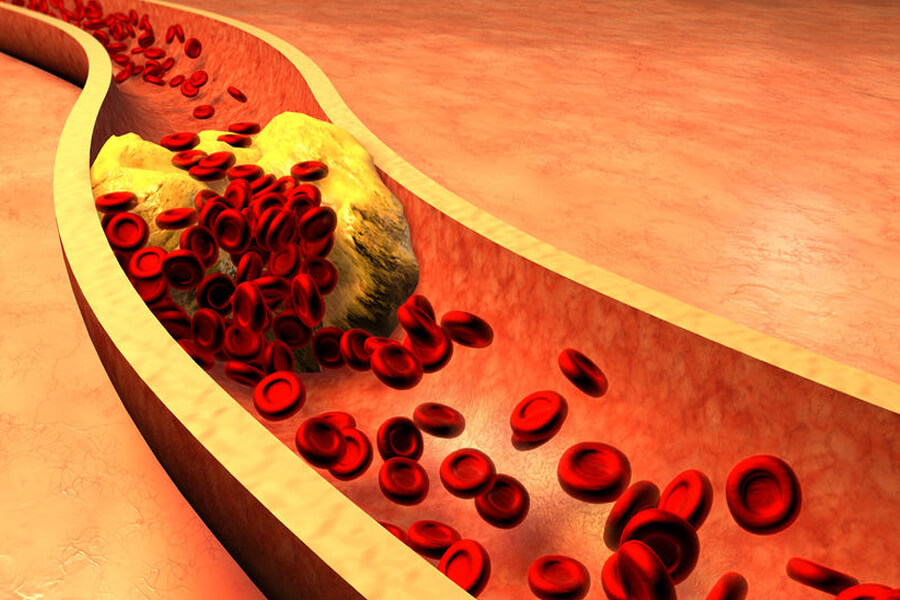Have you been told to watch your cholesterol? If so, you probably have a lot of questions. What’s a healthy cholesterol level? What foods impact cholesterol? For every question you have, there’s a myth out there that just isn’t true.
To help you know what’s fact and what’s fiction, here’s a look at the most common myths about cholesterol:
Myth #1: All cholesterol is bad.
Your body needs cholesterol to perform key functions, so it’s not all bad. Cholesterol travels through the blood on things called lipoproteins. There are two kinds of lipoproteins in the body: LDL or low-density lipoprotein and HDL or high-density lipoprotein.
LDL is the bad cholesterol. It can raise your risk of a heart attack. HDL is good cholesterol and can actually lower your risk of heart disease and stroke.
Myth #2: There are recognizable symptoms of high cholesterol.
Most of the time, there aren’t any warning signs for high cholesterol. In many cases, the condition is found when a larger problem like a heart attack or stroke occurs. For this reason, cholesterol levels should be checked regularly.
Myth #3: There’s nothing I can do to lower my cholesterol levels. They are what they are.
There are plenty of things you can do to improve your cholesterol levels, but all of them do require some effort. For example, you should get your cholesterol level checked every 4 to 6 years, eat nutritious foods, stay away from high-fat foods, be active, and kick bad habits like smoking and drinking.
Myth #4: Cholesterol levels aren’t genetic.
If someone in your family has a history of high blood pressure, you’re more likely to have a problem with it. It’s important to know your family’s history and be tested more often if there’s a history of this condition. Talk with your doctor about regular testing and ways to prevent high cholesterol.




